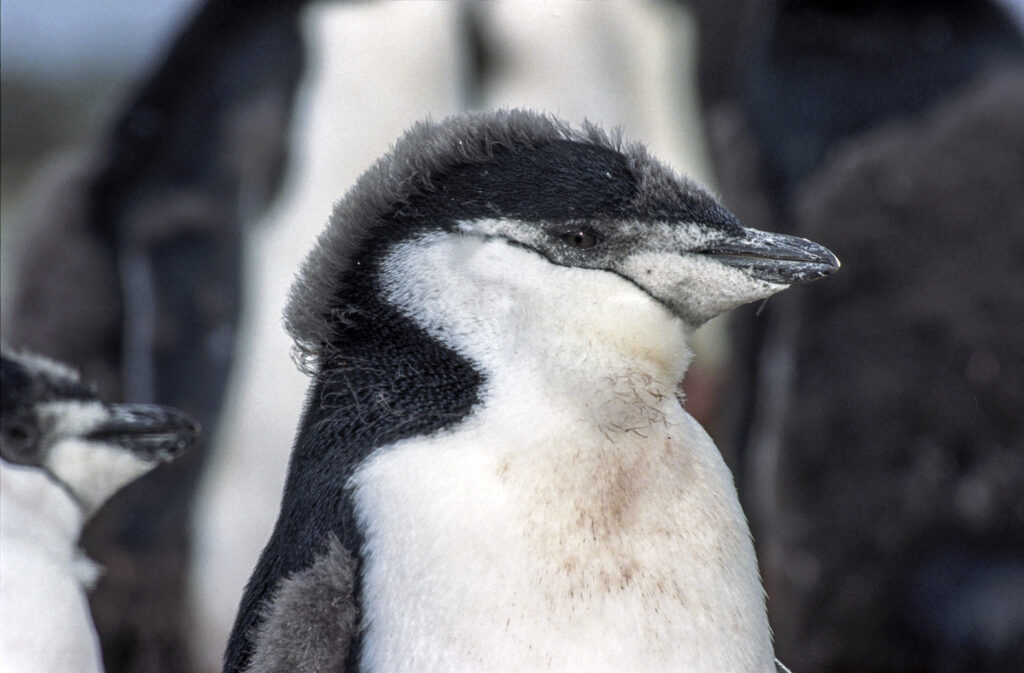This Antarctic Penguin Sleeps 11 hours a Day—a Few Seconds at a Time
Posted
Last Updated
By science.org.
For sleepy humans, nodding off can be inconvenient—say, during a boring lecture—or even downright dangerous, such as while driving a car. But for Antarctica’s nesting chinstrap penguins (Pygoscelis antarcticus), these secondslong bits of shuteye known as “microsleeps” may help them survive. These mininaps net the birds about 11 hours of sleep per day, potentially offering them a way to rest while remaining vigilant over their eggs and chicks, researchers report today in Science. The work could shine a light on how different animals adapt their dozing to cope with stressful circumstances.
Knowing more about how different animals sleep “is crucial to define and constrain ideas about what sleep is for,” says neuroscientist Chiara Cirelli at the University of Wisconsin–Madison, who was not involved in the penguin research. Studying slumber in the wild is particularly valuable, she adds, because a lot of sleep research in animals is done in “in very controlled, safe conditions … so it might be misleading.”
Won Young Lee, a behavioral ecologist at the Korea Polar Research Institute, was doing fieldwork in Antarctica in 2014 when he first noticed penguins nodding off. “They did not fall asleep for long periods,” he says. “They just took a nap and woke up, napped and woke up.” Researchers knew captive penguins of various species often sleep in short stages rather than one big, multihour snooze. But they didn’t know how this behavior played out in wild birds or how it benefited them compared with longer sleeps.
Read more at science.org.

